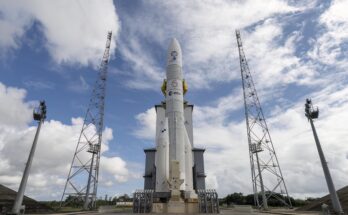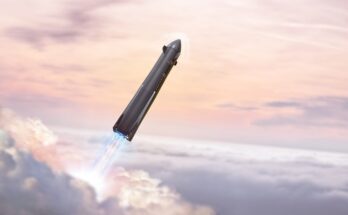Firefly Aerospace’s Initial Public Offering occurred on August 7 and with that there was much hype about the company but just what does Firefly do? Their Alpha rocket has been launching and the Blue Ghost Lunar Lander provided valuable data from the Lunar surface to scientists. With a wide array of current and future space products, Firefly will compete with other commercial space companies such as Rocket Lab and SpaceX.
Launch Vehicles:
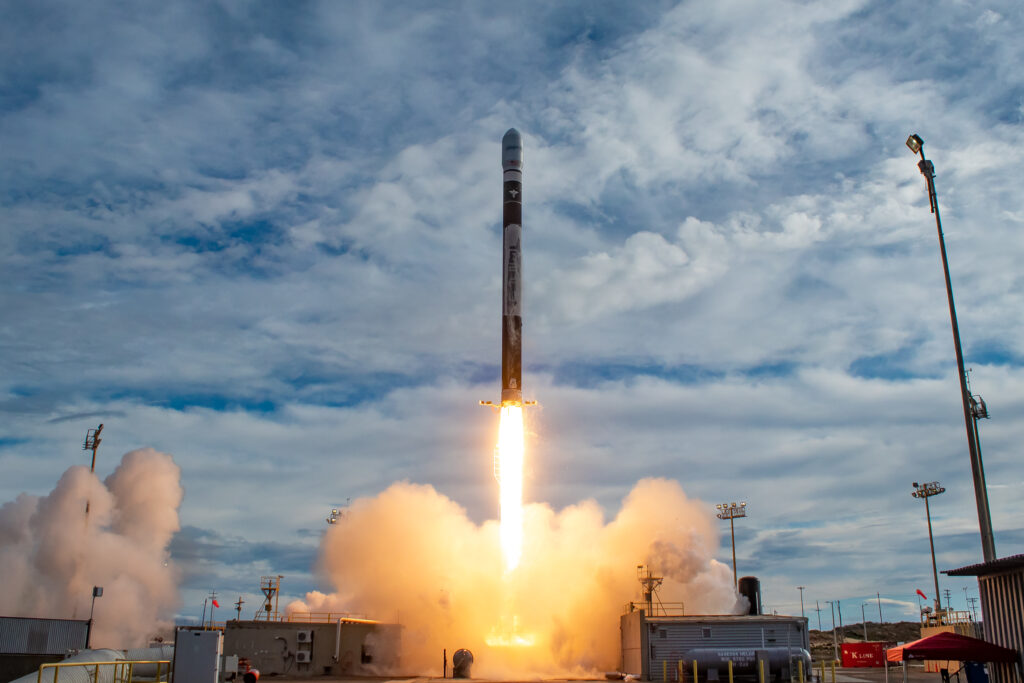
Alpha Rocket
The Alpha rocket is a two-stage, small-lift orbital launch vehicle designed to service the small satellite market. It’s constructed with an advanced carbon composite airframe to reduce mass, increasing its payload capacity. The first stage is powered by four Reaver tap-off cycle engines, which use RP-1 (kerosene) and liquid oxygen (LOX) as propellants. This engine cycle reduces part count and complexity, aiming for increased reliability. The second stage uses a single Lightning vacuum-optimized engine, also using RP-1/LOX, which is re-lightable for missions requiring multiple burns. Alpha is capable of launching over 1,000 kg to low Earth orbit (LEO).
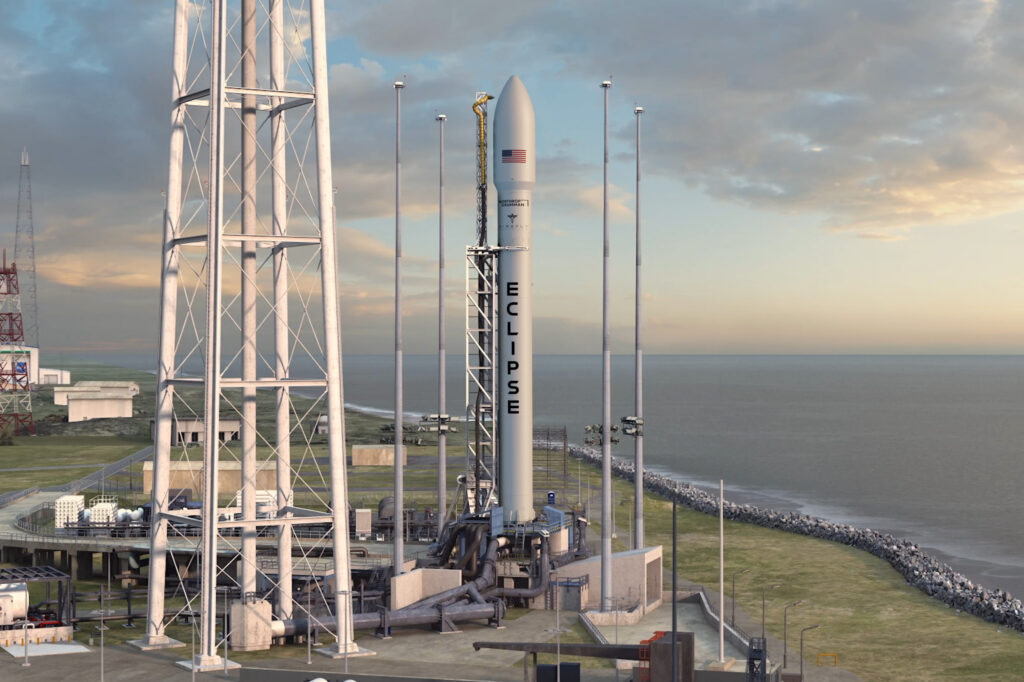
Eclipse Rocket
The Eclipse rocket is a two-stage, partially reusable medium-lift launch vehicle being developed in partnership with Northrop Grumman. It is an evolutionary successor to Northrop Grumman’s Antares rocket and is designed to carry heavier payloads, with a capacity of more than 16,000 kg to LEO. The first stage of Eclipse will be powered by seven Miranda tap-off cycle engines, and it’s designed to be reusable with a propulsive landing. The second stage uses a single Vira vacuum-optimized engine. The vehicle utilizes similar carbon composite structures and propulsion technologies as the Alpha rocket, scaled up for increased performance. This launch vehicle is the successor to Antares.
Lunar Lander:
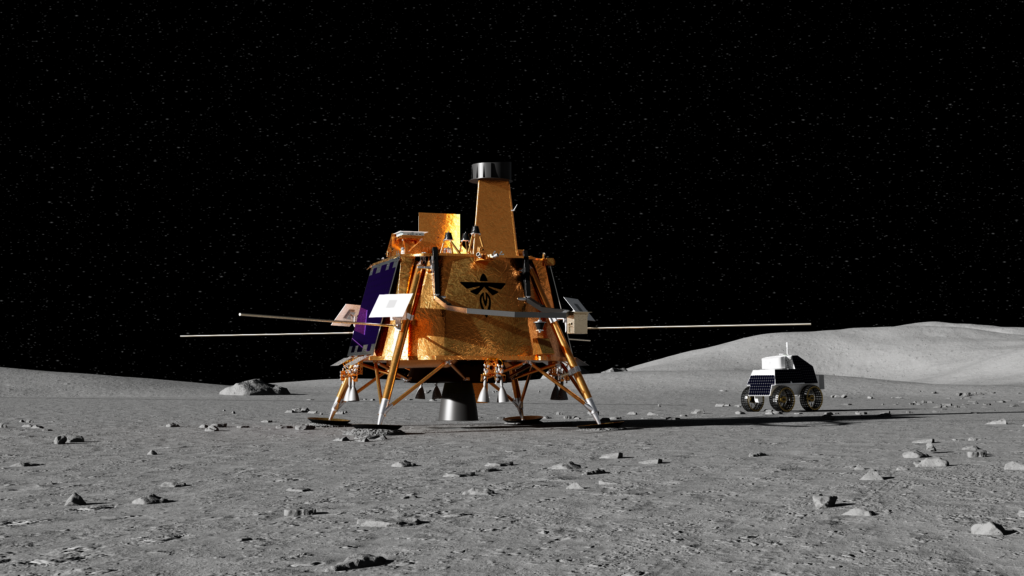
Blue Ghost
The Blue Ghost Lunar Lander is a spacecraft designed to deliver payloads to the lunar surface. It’s a key part of Firefly’s lunar exploration strategy and is built to be a reliable platform for scientific and technological payloads. The lander features a box-shaped structural framework, four landing legs, and two decks for mounting equipment. It can carry a significant mass to the surface and provides power, data, and thermal resources for payloads during transit and on the Moon. Blue Ghost is compatible with multiple launch vehicles and is a primary platform for NASA’s Commercial Lunar Payload Services (CLPS) missions.
Satellites:
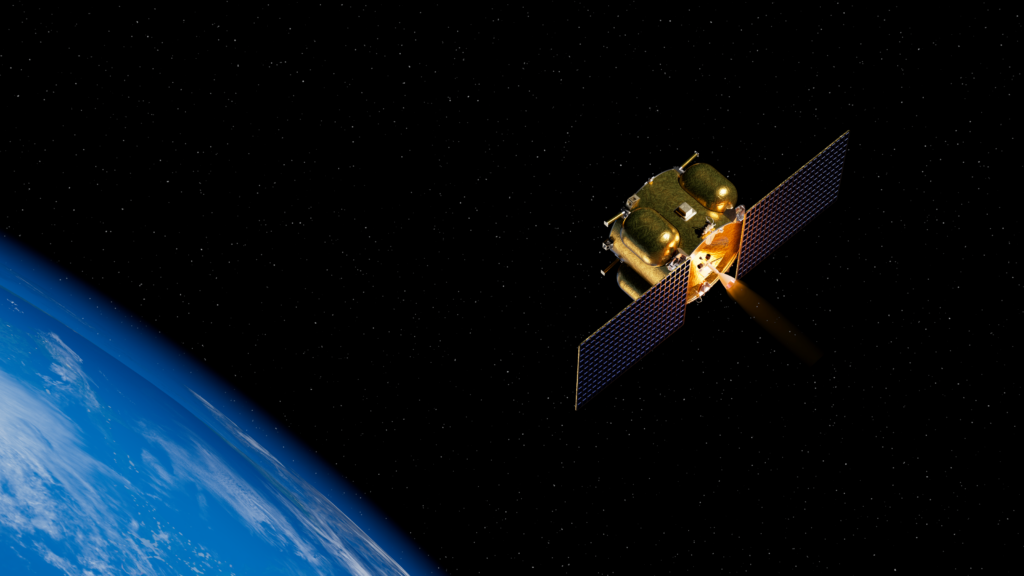
Elytra
The Elytra orbital vehicle is a satellite bus providing in-space services, including maneuverability, payload delivery, and hosting for missions from LEO to lunar orbit and beyond. It features a hypergolic propulsion system with a main engine and cold-gas thrusters for attitude control, allowing it to perform various maneuvers and rendezvous operations. A key service offered through the Elytra platform is Ocula, a lunar imaging service. Ocula uses high-resolution telescopes to capture ultraviolet and visible spectrum imagery of the Moon from lunar orbit, enabling detailed mapping, mineral detection, and situational awareness. This data is intended for both scientific and national security applications.
Firefly Aerospace is taking a similar approach to many other commercial space companies in that rockets are not their only product. Companies such as Rocket Lab, RFA and SpaceX also offer spacecraft and components outside of launch vehicles. With the recent Executive Order signed by President Trump that will “foster a competitive commercial space industry”, companies like Firefly will benefit.
Carter Palmer has long held a keen interest in military matters and aviation. As a FI's space systems analyst he is responsible for updating the reports and analyses within the Space Systems Forecast – Launch Vehicles & Manned Platforms and Space Systems Forecast – Satellites & Spacecraft products.



